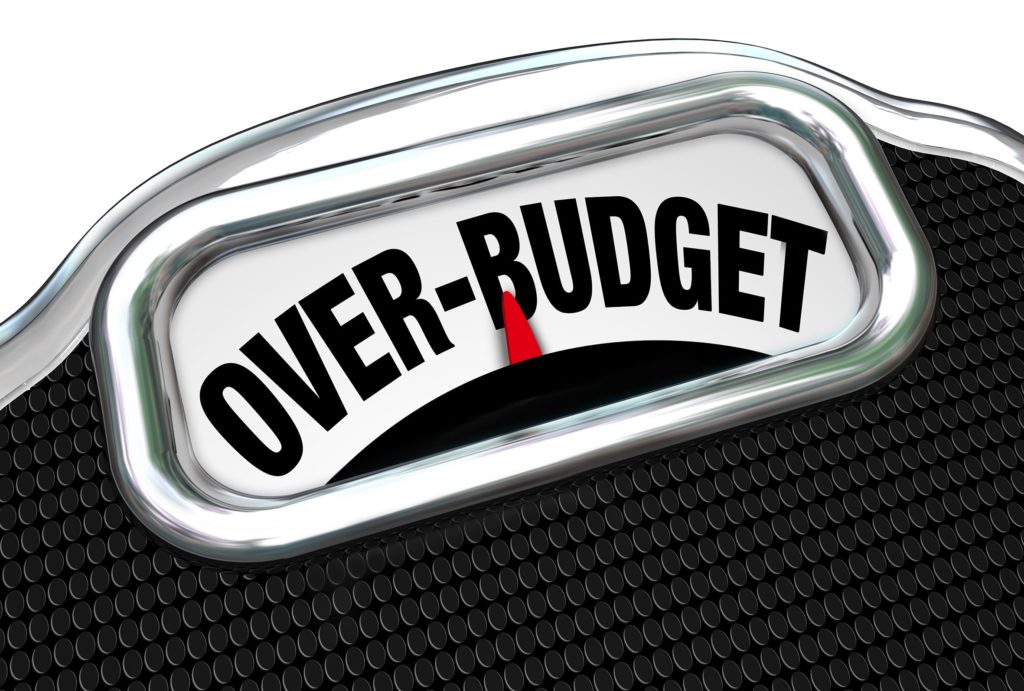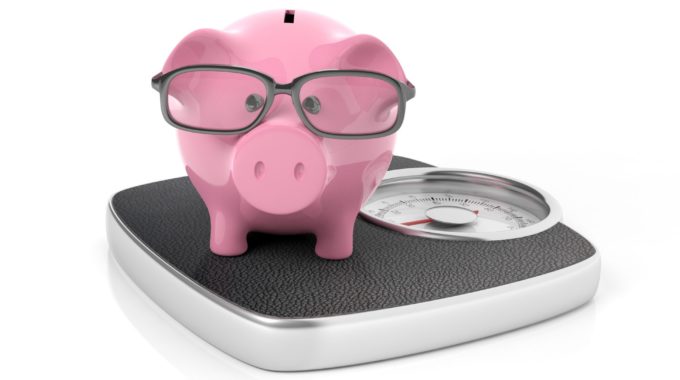The real cost of weight loss revealed
When it comes to weight loss, many of us have dabbled in the latest diets. But whether you’re cutting carbs, measuring macros or keeping to keto, new research from the University of South Australia shows that some popular diet trends can cost you more than just your waistline. They can also leave a hefty hole in your hip pocket.
Researchers evaluated the affordability of five popular diets. They compared them to recommendations from the Australian Guide to Healthy Eating and the Mediterranean Diet. They found the cost of cutting calories in a weekly shop can vary by as much as $300.
The most cost-effective diet was one modelled from the Australian Guide to Healthy Eating. This meal plan included all five core food groups and a range of affordable staples such as breads, pasta and legumes. It also included lower amounts of animal-based products.
The diet plans that were most expensive typically restricted multiple food groups. They also included premium products such as organic produce, protein supplements, low-carbohydrate replacements and high-protein breads.

Fad diets: a costly endeavour
Lead researcher Associate Professor Karen Murphy says understanding the costs of weight-loss programs is important. This is especially so when people are facing financial struggles and reduced access to fresh produce due to COVID and the current east coast floods.
“In Australia, around 12.5 million adults are overweight or obese,” Murphy says. “That’s two in every three adults, or 67 percent of our adult population.
“Not surprisingly, interest in weight-loss diets continues to rise. Yet very rarely are the associated costs of these programs reported.”
The researchers assessed the weekly costs of seven different meal plans. They found that weekly grocery shopping of entire product units cost between $345-$625. This is substantially higher than what the average Australian spends on groceries each week. According to Canstar Blue, the average Aussie household spends $153 a week on groceries.
“Understanding the costs behind the range of diets on offer is important,” Murphy says. “The financial feasibility of sticking to these programs may be questionable for certain people, including low-income earners. Also, there tends to be a misconception that eating a healthy diet made up of the five key food groups is too expensive. It’s really not.”

Lose weight and save dosh
The study showed that some of the more expensive diets absorbed up to 13 percent of disposable income. But in addition to costs, UniSA PhD candidate Ella Bracci says nutrition should also be a key consideration when starting a new diet.
“It doesn’t matter whether you chose keto or carb-free, weight loss is always linked to calorie intake,” she says. “If you reduce the number of calories you eat, you’ll lose weight.
“Some diets purposely restrict certain food groups – such breads and pasta. But it’s also important to realise that the restrictive patterns of some diets can create unhealthy relationships with food. They can also put you at risk of nutritional deficiency if followed without guidance from a qualified nutritionist or dietitian.”
Healthy eating principles such as those within the Australian Guide to Healthy Eating and the Mediterranean Diet place an emphasis on fresh produce and staple foods. While many believe that these cost more, eating a healthy diet doesn’t need to break the bank.
“Shop for specials and mark-downs, buy in-season or frozen, dried and canned produce,” Bracci recommends. “Choose home-brand or non-premium products wherever possible and buy in bulk when it’s appropriate. Weigh up your options wisely and you can reduce your waistline without cutting into your bottom line.”









